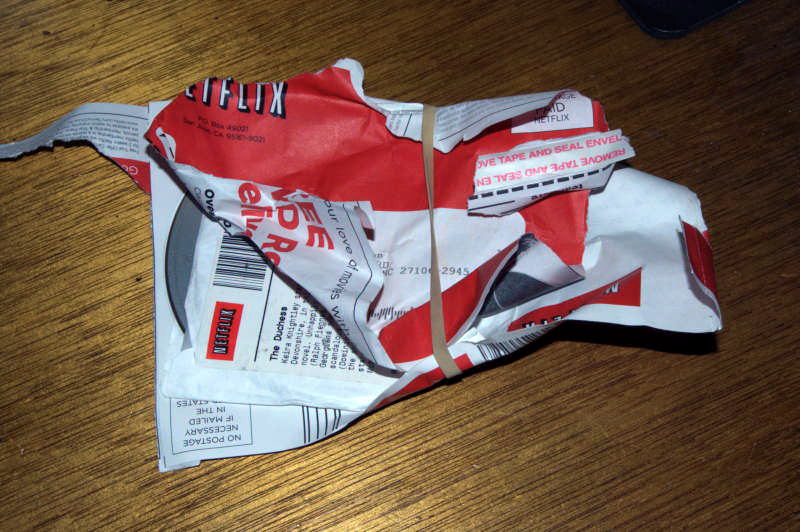Regarding the
NYT article about ebook prices
that Roland posted the link to, am I the only one who thinks $9.99 is
outrageously high for a Kindle book? What you get with the Kindle book
is much less than what you get with a paperback. You can't resell it.
You can't pass it along to a friend. You can't trade it 2-for-1 at a
used bookstore. You can't donate it to the public library.
Basically,
all you get when you pay for a Kindle book is the right to read it for
as long as Amazon decides to let you have access to it. That's worth
something between $0 (I can borrow the book from the library) to maybe
a buck or two (the marginal cost of buying a used paperback and then
trading or reselling it).
On that basis, even assuming the
Kindle itself cost nothing, I wouldn't be willing to spend more than
half the cost of a used paperback book for a Kindle ebook. If they'd
cut the price of the Kindle to $99 and remove all DRM from the ebooks,
I'd consider paying maybe $4 or $5 for a current bestseller, and a
couple bucks for backlist titles.
Oh,
yeah. And then there's the concurrency issue. Barbara and I often read
the same books. If we each had a Kindle, what are we supposed to do?
Buy two copies of the same book? Trade Kindles? What happens if both of
the books we want to read are on the same Kindle? Geez.


